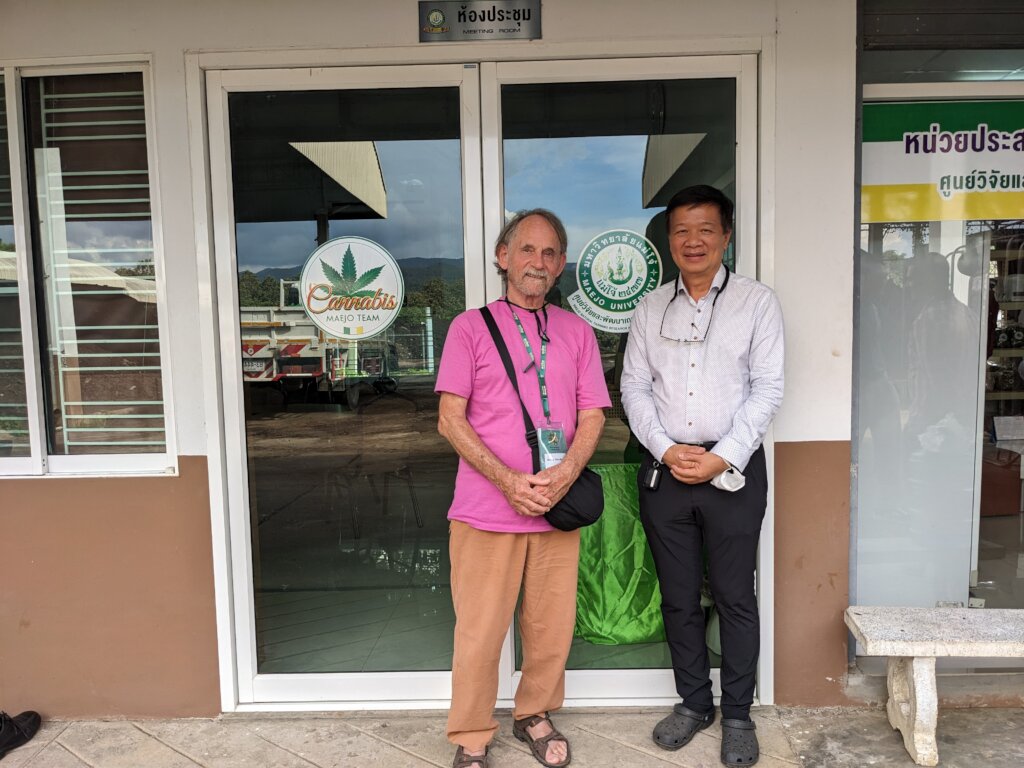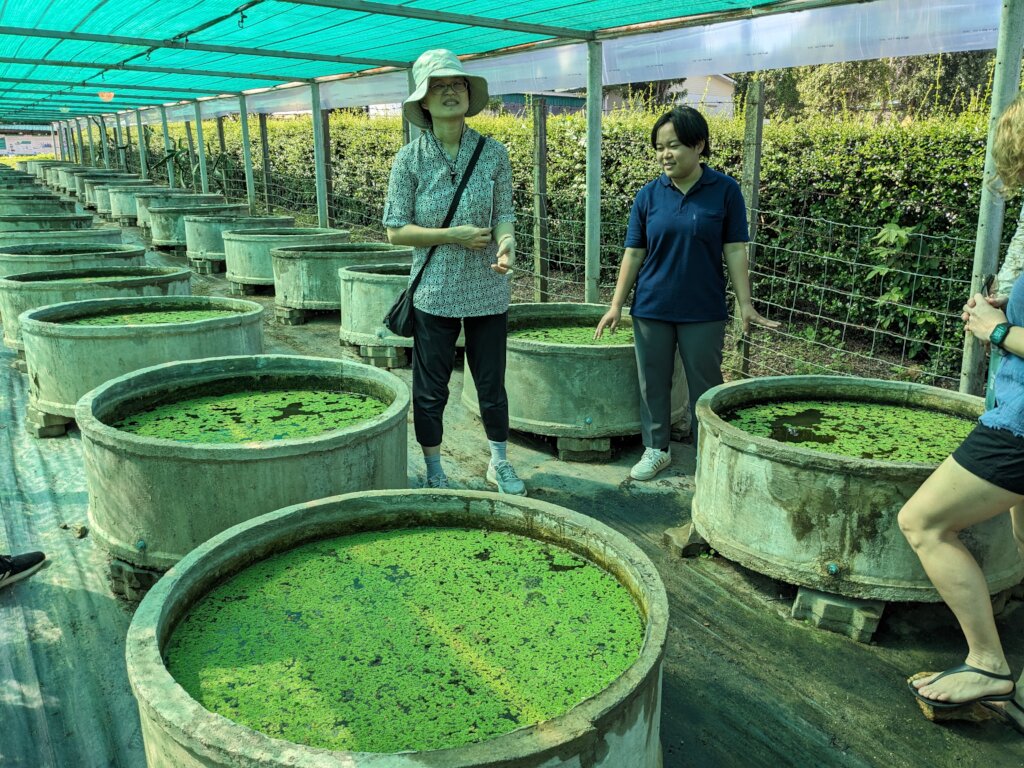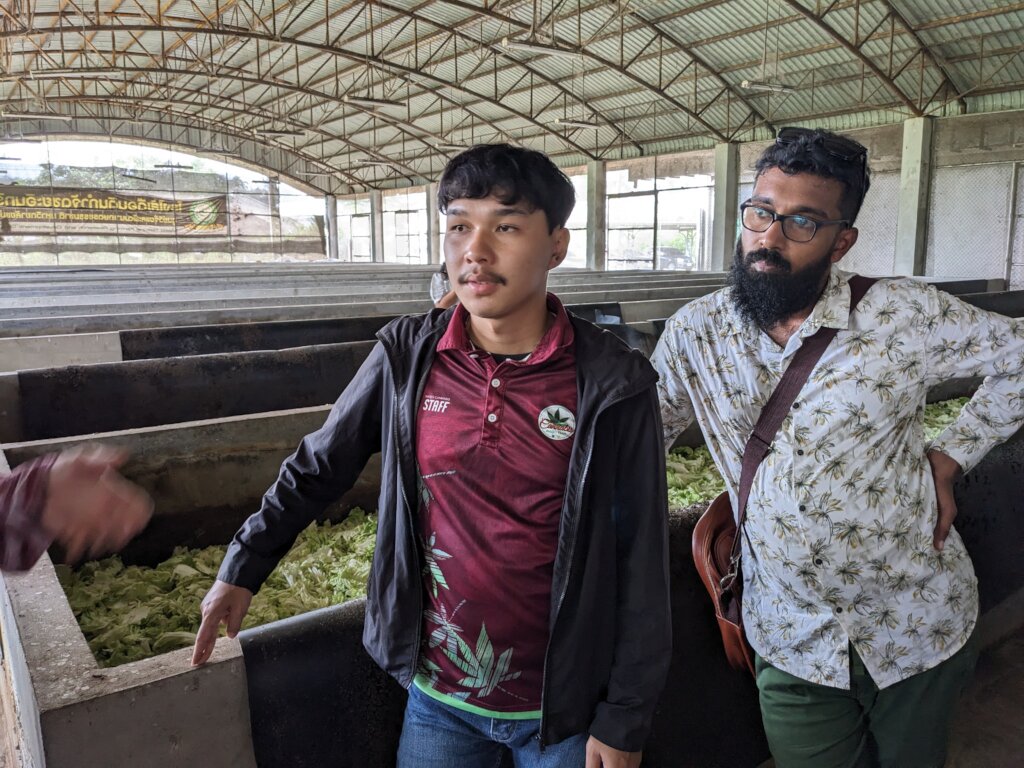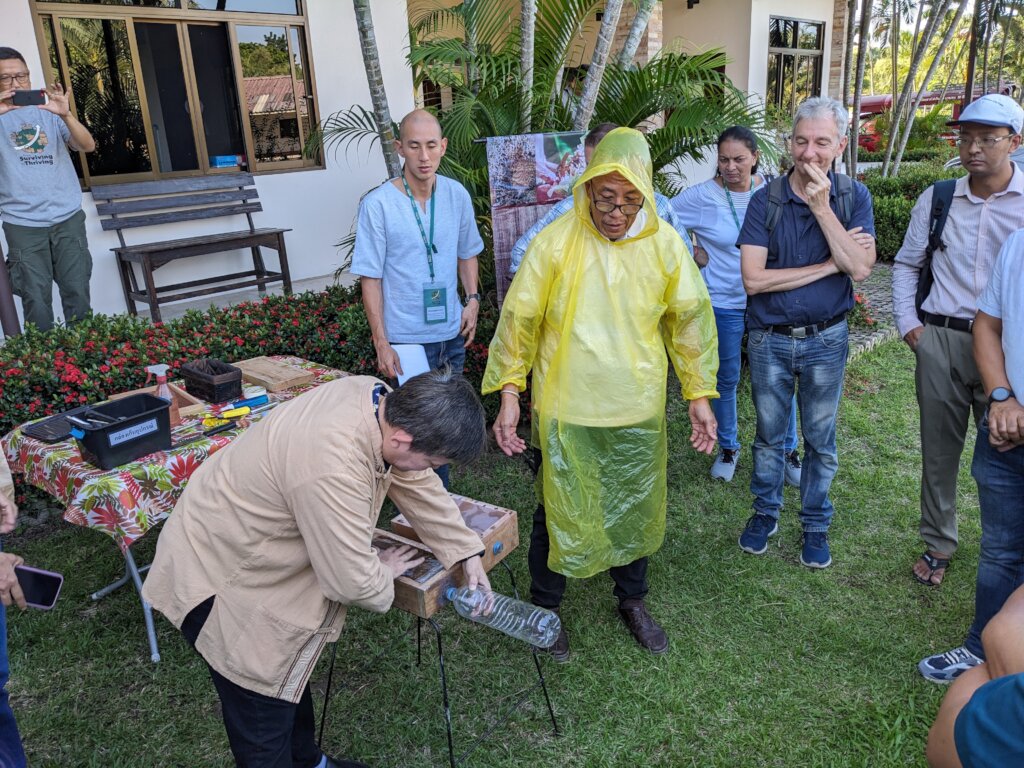I recently came in contact with a development organization called the Duang Prateep Foundation, which was founded to help the residents of a dockland area in Bangkok called Klong Toey. In the last 100+ years, people migrated to this place because work was often available loading and unloading ships and the rents were the cheapest in Bangkok. It was back-breaking work, the wages were low and there were few services such as water or electricity, to say nothing of health care and education. But, with modernization, casual labor opportunities on the docks petered out, yet Klong Toey remained a destination for recently arrived migrants from all over Thailand as well as Burma and Cambodia. The DPF website picks up the story:
In the 1960s one Bangkok slum dweller was a teenage girl working on the docks to pay her way through a teacher training college. Prateep Ungsongtham had spent only four years at primary school but this was enough to show her that education could transform lives. As a 12-year-old worker she began to save her meagre wages to pay for secondary education at night school. She was awarded a place at a college of education and, since there were no schools for the slum children, she decided to open one herself at her home in the slum. She soon found that much of her time was spent helping the children and their families cope with the conditions of slum life rather than formal teaching. Her prime educational concern was giving these deprived families some belief in themselves and hope for the future.
Now, after 38 years of continuous service, the Duang Prateep Foundation operates over 20 projects in the fields of education, child abuse, and welfare of the elderly and slum youths. We carry out this service through community kindergartens, educational sponsorships, rehabilitation centers, in-home support, traveling puppet troupes, a local credit union and regular activities at our Klong Toey center. In addition, we are always prepared for emergency situations such as fires and chemical spills, with our trained volunteer fire-fighters.
Now a word about the word “slum”: I think that DPF uses ‘slum’ because it’s the most widely known single word translation for the similar word in Thai language. They are possibly unaware of the negative connotations that the word now has in English. One interesting thing is that very few of the Klong Toey residents are squatters. Most pay rent to someone, even if that person does not have full legal title to the land. (land title in Thailand is a very complicated and quite contentious issue). This district of Bangkok, once thought of as the last place that one would want to live in, has been for some time in the cross-hairs of developers, who want to clear out the present residents and build chic town houses, condos and yet more retail opportunities. It’s yet another struggle that DPF has taken on.
I was wondering how I could help this worthy organization with the skills and resources that I have, when they told me about two children’s homes and agricultural projects that they have in rural locations. One near Kanchanaburi, is about 3 hours from Bangkok, so Dee, the Managing Director and I decided to pay a visit. I think these children’s homes, called the New Life Project, exist for two principal reasons: 1) To give these orphaned children a safe and healthy place to grow up in and 2) To operate a profitable agricultural project that can help fund the larger organization. The Kanchanaburi site has a farm of around 150 acres where they grow palm oil trees, dates, mangoes and other fruit trees, as well as all the vegetables necessary for 70 hungry kids! Dee told me that they had to pump large amounts of irrigation water, that the electricity bill was about $1,500 per month and could we do something with solar?
I must say that I was surprised by the scale of the agricultural project – they are pumping huge quantities water from bore holes and ponds to big holding tanks and up to aerial tanks for gravity distribution. Also, the basic electrical system is 3-phase and some of the pumps are up to 5 Horse Power – a little larger than anything that Solar Roots has done before! They do indeed already have a grid-tied solar system of about 9kWp, but this covers only about 10% of their usage. In the end, I decided that the best help I could offer the project was to undertake an energy audit to help identify what most of the energy was being used for. I will purchase the energy monitoring equipment back in California and hopefully be able to return to Kanchanaburi at the end of the year. If it turns out that pumping water from the ponds for irrigation is a major energy use, then we can look at adding solar pumping in those locations. If I can have a positive impact at the Kanchanaburi site, then I will also visit their school in Chumpon, which is a coastal fishing town further down the Thailand peninsula.
On a separate note, even though it is not possible for me to go to Burma these days, I want to let you know that we are still supporting the brave people there with donations to help them in these very difficult times.
Sadly, I will have to end with a couple of unfortunatelys:
Unfortunately, I cannot upload any photos from the Kanchanaburi trip as the email program on my phone is leaving all outgoing messages stuck in the "outbox", a limbo from which nothiong escapes! If I solve this problem, I will upload the photos later.
Unfortunately, the trip to the Philippines had to be canceled - the host just kept delaying things until my window of availablity closed. Next time.
Thank you for your on-going support,
Bruce
Links:
![Share on Twitter]()
![Share on Facebook]()





